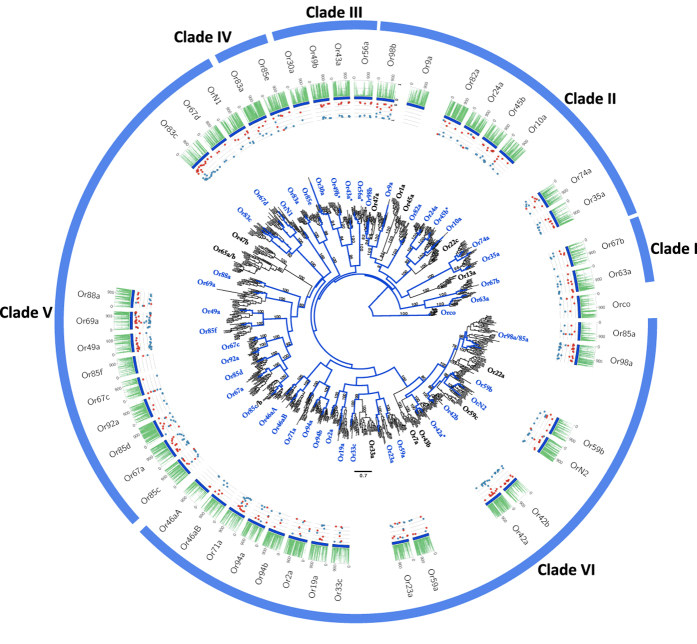Figure 1. Phylogenetic relationships of the candidate D. nigrosparsa Odorant Receptors (ORs).
Subdivided into six clades, the phylogeny describes D. nigrosparsa loci with respect to 13 other Drosophila species. The maximum likelihood tree was rooted by the OR co-receptor orthologs. Bootstrap support ≥70 for branches is indicated. Branches coloured in blue correspond to the lineages leading to D. nigrosparsa loci. Asterisks after the OR name indicate genes under positive selection. The histogram represents highly conserved elements (PhastCons) of each alignment. The PhastCons index ranges between 0 and 1 and can be interpreted as the probability that each base is a conserved element, based on the assumptions of the model and the maximum-likelihood parameter estimates. The dot plots report the distribution of synonymous (α; blue) and non-synonymous (β; red) substitution rates over sites inferred by the MEME model, which ranges between 0 and 1 (posterior probability >0.95).

